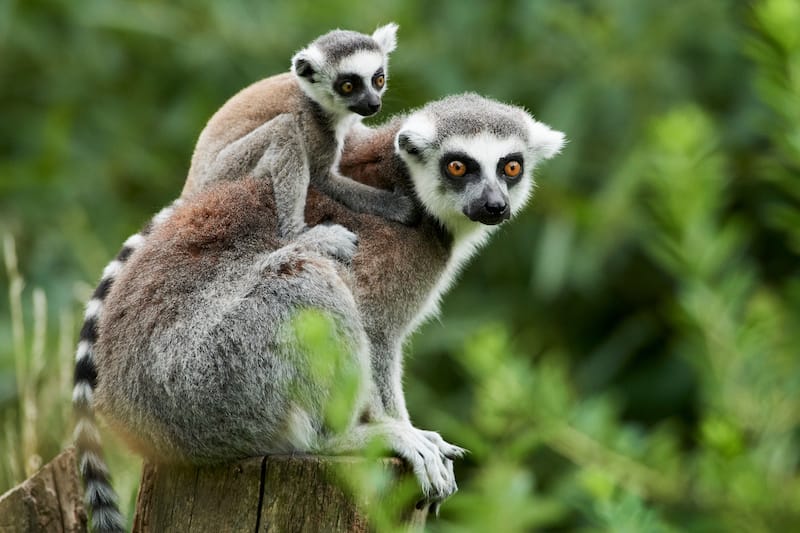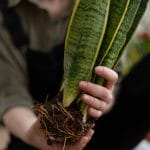Business Guide to Conservation: Give Back by Planting Trees
Conservation Eco Systems Guides How To's

I’ve always believed planting something—whether a stray tomato seed in the soil or a mangrove sapling off the Madagascar coast—is one of the simplest, most hopeful ways to give back. It’s not fancy. It’s not polished. But oh boy, does it change things.
Lately, businesses are waking up to that truth. Folks don’t just want to buy another product—they want to know their dollars did something real. That’s why brands like tentree (they plant ten trees for every product) and The Monterey Company tie their business to tree planting.
I’ve walked that road myself. I founded The Monterey Company and, with partners who know how to get trees in the ground, we planted over 100,000 mangrove trees in Madagascar. I still recall the first updates—villagers planting roots along the shoreline, forests creeping back, animals slowly returning. All from a small business choosing to join in.
Why Madagascar Matters That Much
Madagascar isn’t just another dot on the map—it’s its own world. Around 95% of its reptiles, 92% of its mammals, and a whopping 89% of its plants exist nowhere else on Earth (World Wildlife Fund).
Think of that: when you help plant trees there, you’re not just planting—you’re giving lemurs, chameleons, tortoises, and unique orchids a lifeline.
Take the indri lemur (the largest living lemur), the astonishing ploughshare tortoise, or Madagascar’s birds and orchids—all under threat when forests vanish.
And those mangroves? They’re tiny ecosystems with superhero powers:
- They anchor coastlines and fend off storms.
- They trap massive amounts of carbon—more than most inland forests (USFS Research & Development).
- Their roots give young fish and crustaceans a secure start.
By replanting mangroves, you’re not just growing trees—you’re rebuilding habitats, stabilizing coasts, storing carbon, and helping communities thrive.
Step 1. Be Clear About Your “Why”
Check in with yourself—or your team:
- Are you aiming to reduce your greenhouse gas emissions?
- Do you want to help protect unique wildlife from disappearing forever?
- Or do you want customers to feel good about supporting something real?
For me, it was a mix of those three. That clarity made everything that came next—it hit harder.
Step 2. Find a Partner Who Actually Plants
You don’t have to get stuck digging all day (unless you want to—nothing wrong with that). Some folks are already doing the tough stuff:
- Eden Reforestation Projects — big in Madagascar, planting mangroves and upland forests while hiring locals.
- One Tree Planted — super simple, transparent. As low as $1/tree.
- Trees for the Future — they help farmers grow food forests that heal the land and the farmer’s pocket.
Step 3. Attach Trees to Your Business, the Fun Way
Now comes the creative part. How do you plug tree planting into your business rhythm?
- One product = one tree.
- One order = one tree.
- One milestone = a handful of trees.
- One employee anniversary = their tree in the ground.
Step 4. Tell the Story (Without Sounding Like a Press Release)
Nothing fancy. Just real talk:
- “Your purchase planted a tree in Madagascar—it’s growing right now.”
- “This month, thanks to you, 500 new mangroves are in the ground.”
It’s not showy. It’s showing how we’re rewriting things, together.
Step 5. Keep Score (It Adds Up)
A word to the wise: you don’t need to start with 100k trees.
Start with a few hundred. Track simple metrics—trees planted, job hours created, carbon offset. Let those numbers fuel the next move.
That’s how we got to 100,000: one tree, one report, one customer at a time.
FAQs About Planting Trees as a Business
How much does it cost to plant each tree?
Groups like One Tree Planted can be as affordable as $1/tree. Other projects vary by tree type and location.
Do I have to do the planting?
Nope. For example, Eden Reforestation Projects does the planting and hiring for you.
How do I know the trees are real?
Good groups share photos, maps, and GPS updates — real‑world proof or no deal.
Can small businesses really make an impact?
Absolutely. Even a café planting 200 trees/year contributes. We began small and ended up planting over 100,000 in Madagascar.
Why trees instead of something else?
Trees work overtime. They clean air, stabilize soil, provide shelter, fight climate change — and in Madagascar, they save species nobody else can.
One Last Thought
Planting trees isn’t some remote ambition. It’s something any business can latch onto. You pick your partner, tell the story, and watch the impact stack up.
To me, it’s never been about prominent company branding. It’s about roots, shade, and a chance for lemurs, tortoises, birds, and orchids to keep living. And that’s worth every planted sapling.
About the Author
Paul founded The Monterey Company and has spent years blending business with hands-in-the-dirt conservation. He teamed up with Eden Reforestation Projects and ended up planting more than 100,000 trees in Madagascar — trees that now give wildlife a home, keep coastlines from washing away, and lock up carbon in their roots.
Share this post
Table of Contents
- Why Madagascar Matters That Much
- Step 1. Be Clear About Your “Why”
- Step 2. Find a Partner Who Actually Plants
- Step 3. Attach Trees to Your Business, the Fun Way
- Step 4. Tell the Story (Without Sounding Like a Press Release)
- Step 5. Keep Score (It Adds Up)
- FAQs About Planting Trees as a Business
- One Last Thought
- About the Author
All categories
More From The Garden
Disclosure: This post may contain affiliate links. That means if you click and buy, The Bright Garden may earn a small commission, at no extra cost to you. We only recommend products we’ve vetted and believe will benefit our readers.












